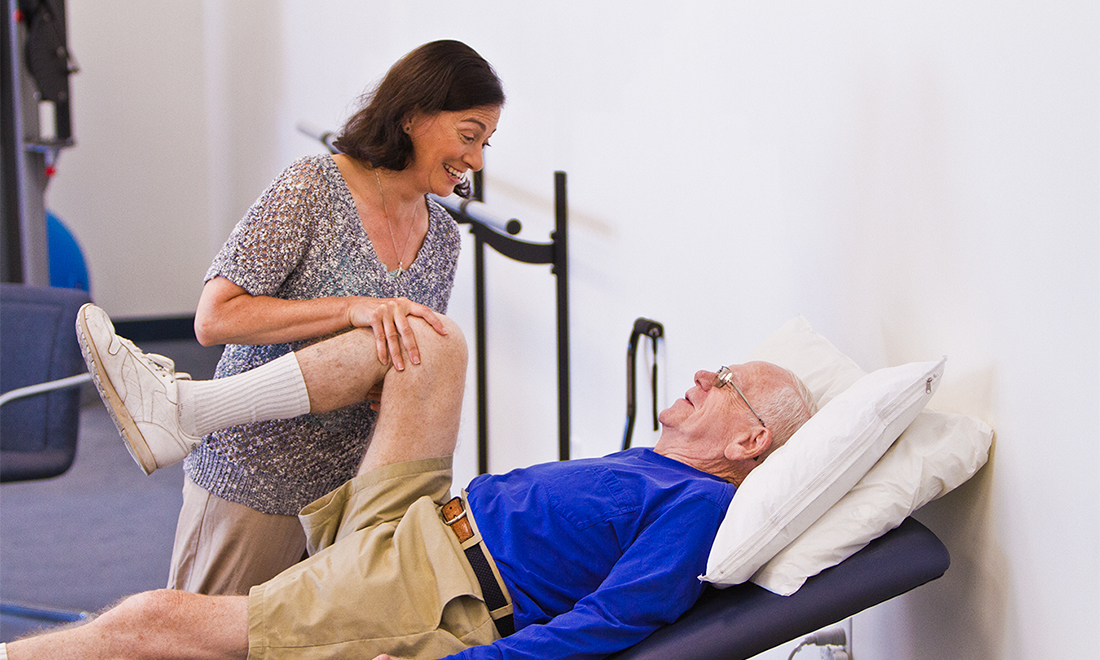Empowering Clients Via Instruction in Cardiac and Pulmonary Recovery for Improved Healing and Standard of Living.
Empowering Clients Via Instruction in Cardiac and Pulmonary Recovery for Improved Healing and Standard of Living.
Blog Article
Cardiopulmonary rehab represents an essential program created to help patients heal from cardiac and lung diseases. It focuses on improving individuals' physical wellness, knowledge, and overall well-being. Patients who engage in these programs often experience improved recovery and a higher standard of life. By providing instruction customized to personal needs, cardiopulmonary rehabilitation empowers individuals to take charge of their health and make informed choices about their treatment and habits.
One key aspect of cardiopulmonary rehabilitation is physical activity training. Exercise is crucial for fortifying the heart and lungs, which can turn impaired due to disease or inactivity. Individuals typically participate in supervised exercise classes that are safe and slowly increase in intensity. These classes assist to build endurance and enhance overall physical capability. As patients become more active, they often notice improvements in their energy capacity and daily activities, such as strolling, ascending stairs, and participating in social events.
In addition to exercise, instruction plays a major part in cardiopulmonary rehabilitation. Patients gain knowledge about their specific conditions, treatment alternatives, and click this the importance of healthy living changes. This instruction assists demystify their conditions and reduces feelings of anxiety or frustration. Comprehending how their bodies function and the effects of drugs and treatments enables patients to make better choices regarding their well-being. Awareness about topics like diet, smoking cessation, and stress management can result to lasting changes that encourage recovery and avert future problems.
Another crucial component of rehab is psychological support. Living with chronic heart or lung conditions can be challenging and may result to emotions of stress or despair. Individuals are often motivated to discuss their stories and feelings in a supportive group setting. This peer connection can be extremely beneficial, as it provides a sense of community. Assistance from healthcare professionals, relatives, and friends also plays a vital part in the rehab process, aiding to build strength and drive.
Overall, the goal of cardiopulmonary rehab is to improve recovery and boost quality of life for individuals. Through customized fitness regimens, comprehensive instruction, and psychological assistance, patients are enabled to take control of their well-being. By proactively participating in their rehabilitation journey, patients can undergo a refreshed feeling of self-assurance and autonomy. This comprehensive approach not only aids in physical healing but also nurtures a healthier mindset, leading to a more satisfying life despite the difficulties of living read this with heart or lung conditions.